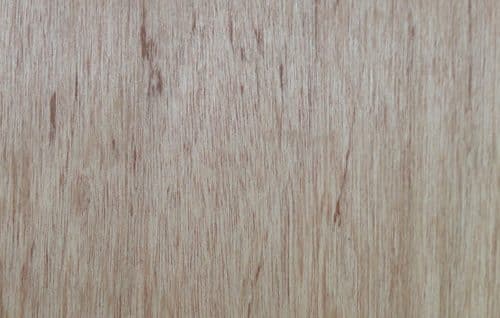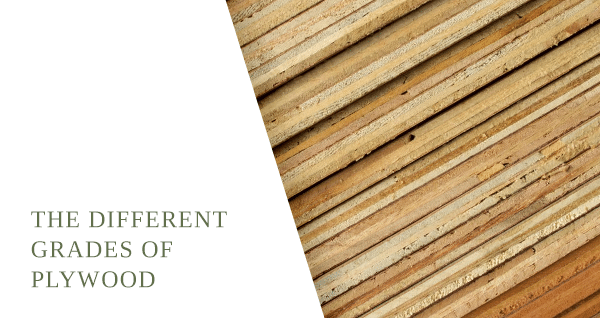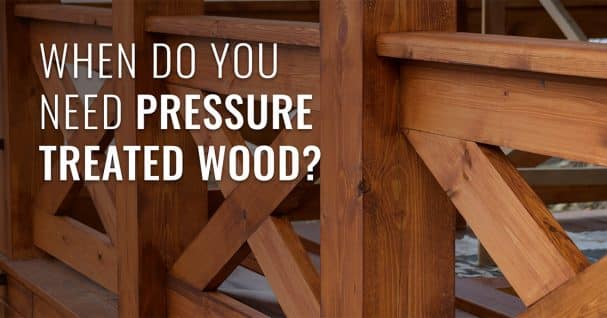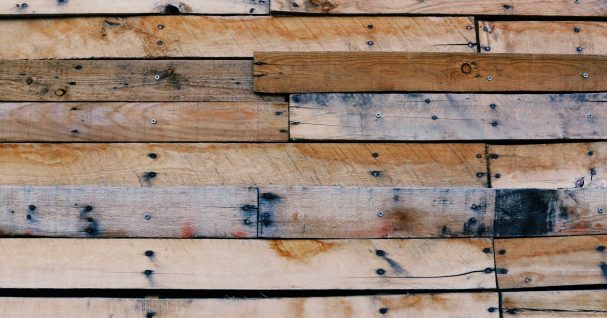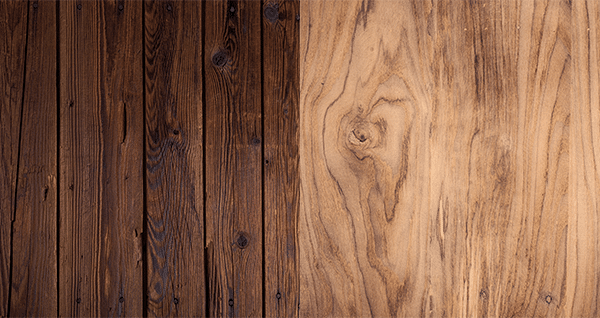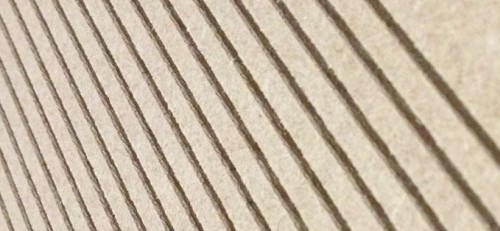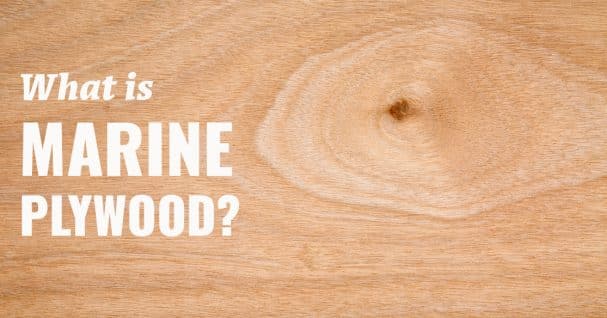
Marine-grade plywood is a top choice for outdoor construction projects and structures exposed to harsh weather conditions. Known for its exceptional strength and durability, it can withstand constant exposure to moisture, rain, snow, and more. Whether used for outdoor furniture, boats, decks, or docks, this high-performance plywood is built to resist wear and tear over
Read more »

